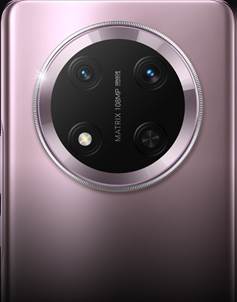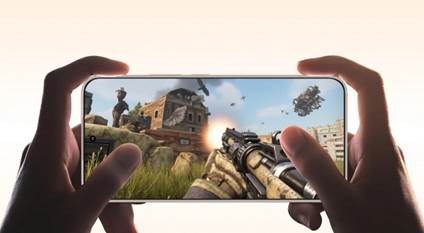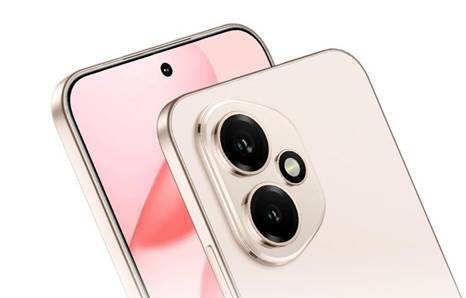Modern
smartphones have made high-quality photography accessible to everyone, with
powerful cameras that capture life in stunning detail. Many assume professional
photos require expensive gear and expert skills, but this myth often holds
people back from using their phone’s full capabilities. In reality, mastering a
few core principles—like light, composition, and your camera's features—can
greatly improve your photos without extra equipment. This article offers
practical tips to help anyone take professional-level smartphone photos and
turn everyday moments into standout images.

Master Lighting Basics
Use Natural Light Instead of Flash
Natural
light is your most valuable asset in smartphone photography, creating soft,
flattering illumination that makes subjects look their best. The built-in flash
on your phone often creates harsh shadows, washes out colors, and gives images
an artificial look that's difficult to fix later. Instead, position your
subject near a window or step outside during the golden hours—just after
sunrise or before sunset—when the light is warm and directional. If you must
shoot in direct sunlight, look for open shade under a tree or awning to avoid
squinting subjects and unflattering contrasts. Learning to see and use
available light effectively will instantly improve your photos more than any
filter or editing app.
Avoid Harsh Shadows and Overexposure
Extreme
lighting conditions present the biggest challenge for smartphone cameras, which
struggle to balance very bright and very dark areas in the same frame. When
shooting outdoors on sunny days, try to position your subject so the sun is
behind you, illuminating their face evenly without creating dark shadows under
the eyes and nose. Be particularly careful with backlit situations where your
subject appears as a dark silhouette against a bright background; using HDR
mode or tapping to focus on their face can help balance the exposure. Watch for
blown-out highlights in your background, especially skies and windows, as these
areas lose all detail and are impossible to recover in editing.
Compose Like a Pro
Strong
composition turns everyday scenes into captivating photos by intentionally
guiding the viewer’s gaze. The most essential guideline is the rule of thirds:
imagine your screen divided into nine squares, and place your subject along
these lines or at their intersections to create balance and interest. Avoid
always centering your subject—try low angles, overhead views, or unique
perspectives to add depth. Always check the background for distractions like
poles or clutter that could take attention away from your subject. Also, don’t
overlook the power of negative space; it gives your subject room to stand out
and can enhance the mood and scale of your image.
Use Your Camera App Like an Expert
Most
people stick to the basic auto mode, but exploring your camera’s advanced
features can greatly enhance your photos. Learn to manually adjust exposure by
tapping the screen and using the brightness slider before you shoot. If your
app has a professional mode, try controlling settings like ISO (light
sensitivity), shutter speed (motion blur), and white balance (color tone) for
more creative freedom. Use portrait mode to blur backgrounds and make subjects
pop, and switch to panorama for capturing wide scenic views. Mastering these
tools turns your smartphone into a versatile camera ready for any situation.
Keep Your Shots Stable and Clear
Camera
shake is the enemy of sharp photos, especially in low-light situations where
your phone uses slower shutter speeds to capture enough light. While smartphone
stabilization has improved dramatically, nothing replaces the stability of
holding your phone with both hands, elbows tucked into your body, and breathing
calmly as you press the shutter. For even sharper results, use your phone's
volume buttons, headphones, or voice commands to trigger the shutter without
physically touching the screen. When shooting in challenging light, lean
against a wall, set your phone on a stable surface, or use a small portable
tripod designed for smartphones to eliminate movement completely.
Edit for a Polished Look
Adjust Basics like Exposure, Contrast, and Color
Editing
is where good photos become great, and you don't need complicated software to
make significant improvements to your images. Start by adjusting the exposure
to ensure your image is properly lit, then increase contrast slightly to make
colors pop and add depth to your photograph. Fine-tune the white balance to
correct any color casts—making whites appear truly white rather than blue or
yellow—for more natural-looking results. Use selective editing tools to
brighten shadows or darken highlights, recovering details that might be lost in
extreme lighting conditions. Remember that subtle adjustments often work best;
the goal is to enhance your photo's natural qualities rather than completely
transforming it.
Crop and Straighten for Better Composition
Cropping
is one of the most powerful yet underutilized editing tools that can
dramatically improve your photo's composition after you've taken it. Use the
crop tool to remove distracting elements from the edges of your frame, creating
a cleaner, more focused image that directs attention to your main subject.
Straightening crooked horizons is essential for landscape photos—most editing
apps have guides to help you align horizontal and vertical lines perfectly.
Experiment with different aspect ratios like square or 16:9 to see how they
change the feel of your image and better suit various social media platforms.
Finally, consider applying a slight sharpening filter after cropping to
maintain image clarity, especially if you've significantly enlarged any portion
of your photo.

Conclusion
Mastering
smartphone photography is a continuous journey of observation and
experimentation. Your most vital tool isn’t the phone—it’s your creative
perspective. Make shooting a daily habit: observe changing light, experiment
with composition, and always carry your phone. For those looking to upgrade
their photographic tool, HONOR smartphones offer exceptional camera systems
with advanced features that make implementing these techniques even easier. To
explore devices designed for photography enthusiasts, visit HONOR Philippines to find a smartphone
that will help you capture your world beautifully. Remember, every expert was
once a beginner. With regular practice, you'll take photos that impress both
yourself and others.



